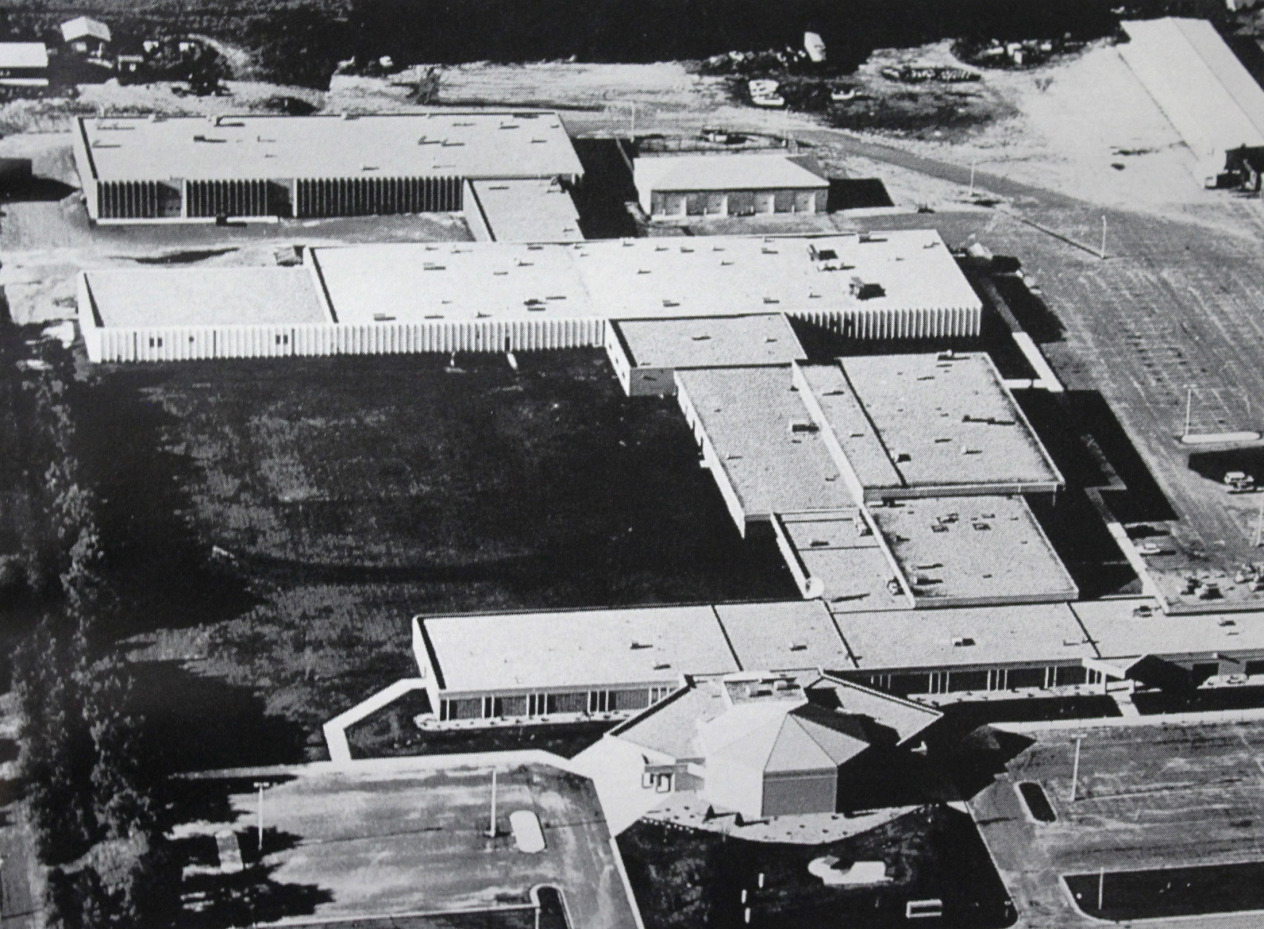Title
Course Descriptions
Body
Sections
Filters
Credits:
3 (3/0/0)
The objective of this course is to study the major theories of leadership in order for students to improve their ability to use the basic skills of leadership, as well as examine the various approaches to leadership. This course allows students to identify and evaluate contemporary leadership issues in today's complex society.
Credits:
3 (3/0/0)
This course provides an overview of the practical roles and duties of a supervisor. Emphasis is placed on the development of leadership skills, managerial functions and organizational practices. Course topics include employment law and regulations, development of individual employees and teams, decision-making, human relations, selection and evaluation of employees, issues of safety and employee motivation.
Credits:
3 (3/0/0)
The objective of this course is to help students prepare for mid-level leadership roles by improving their managerial and leadership capabilities. This course is designed to help students understand the character and challenges of leadership at the organizational level. It explores how leadership skills can be developed and effectively applied in various settings while focusing on the leadership-management framework, employee engagement and quality service.
Credits:
3 (2/1/0)
This course explores the role of limited scope radiographers. Foundational principles that address ethical and legal aspects, professionalism and interpersonal communication skills are presented. The course also includes patient care and monitoring techniques, medical emergencies, universal precautions and infection control processes.
Credits:
4 (3/1/0)
This course is designed to introduce the student to image acquisition techniques. A comprehensive review of technical factors and their impact on image quality will be covered, along with technique charts and their components. Students also will be introduced to x-ray production processes, the fundamental properties of x-rays and the basic components of imaging equipment.
Credits:
3 (3/0/0)
This course presents an overview of the principles of radiation protection. Included are the radiation protection responsibilities of the limited scope radiographer for patients, self and other members of the interdisciplinary health care team; x-ray interactions with matter; the As Low As Reasonably Achievable (ALARA) concept; and the basic methods of radiation protection. Also incorporated are radiation health and safety requirements of federal and state regulatory agencies, accreditation agencies and health care organizations.
Credits:
5 (2/3/0)
This course provides the information students need to perform radiographic/imaging procedures related to the thoracic viscera, abdomen, and the upper and lower extremities (including shoulder girdle and podiatric exams). General medical and radiographic terminology, anatomy, routine positions and projections are the focus of the class. Radiographic equipment and accessory manipulation, selection of technical factors, correct body mechanics, and patient care skills and monitoring techniques will be practiced in the lab.
Credits:
3 (2/1/0)
This course will build on and expand the student's knowledge of the factors that govern and influence the production and archival of radiographic images. A review of previously introduced technical factors will be covered with a specific focus on their impact on the digital image acquisition processes and image quality. Digital image characteristics, processing, display and image identification techniques will be covered.
Credits:
3 (2/1/0)
This course addresses the functional, physical and design components of radiographic (fixed and mobile) equipment. Intricate details of the equipment are covered, including but not limited to equipment circuitry, generators, transformers, x-ray tube components and functions, and digital imaging detectors and processing components. The course is also designed to introduce the student to radiographic equipment and accessory quality control.
Credits:
2 (2/0/0)
This course provides basic knowledge of cellular and molecular structures of the human body and explores the effects radiation can have on these structures and the body as a whole. Factors affecting biological response are presented, including acute and chronic effects of radiation exposure. The course also covers radiation quantities, units used to express radiation exposure, and dose limiting systems designed to protect patients, workers and the general public.
Credits:
4 (2/2/0)
This course provides the information students need to perform radiographic/imaging procedures related to the pelvic girdle, bony thorax, spine and skull. General medical and radiographic terminology, anatomy, routine positions and projections will be the focus of the class. Radiographic equipment and accessory manipulation, selection of technical factors, correct body mechanics, and patient care skills and monitoring techniques will be practiced in the lab.
Credits:
4 (0/0/4)
This course will provide the student with opportunities to get hands-on experience in a variety of clinical settings. The student will work under the direct supervision of a registered radiologic technologist and will practice radiographic positioning and equipment manipulation to achieve diagnostic quality images. The focus of this clinical experience will be to obtain and pursue competence in radiographic exams of the chest, upper extremity, shoulder girdle and lower extremity (including podiatric exams).
Credits:
7 (0/0/7)
This course will provide the student with additional opportunities to get hands-on experience in a variety of clinical settings. The student will work under the direct supervision of a registered radiologic technologist and will practice radiographic positioning and equipment manipulation to achieve diagnostic quality images. The focus of this clinical experience will be to obtain and pursue competence in radiographic exams of the spine, skull, paranasal sinuses and facial bones.
Credits:
2 (2/0/0)
This course presents basic mathematical operations. The course concepts cover operations on whole numbers, integers, fractions and decimals, as well as the applications of percents, ratios, proportions, measurements and basic geometry.
Credits:
3 (3/0/0)
This course supports students in building numeracy, mathematical reasoning and problem-solving skills to prepare for future study of mathematics. The course explores the mathematics content that forms the foundations of algebra and statistics, including embedded prerequisite knowledge, fundamental mathematics topics and essential skills needed to meet the course outcomes, with a focus on applications and communication about mathematical ideas. Math study skills are also infused throughout the course. This is a college readiness course and does not fulfill a college goal area requirement.
